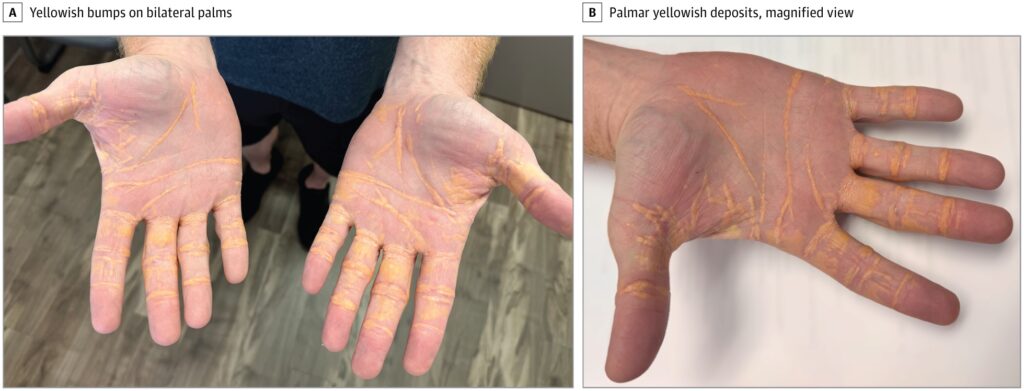Edit Content
Trending






In 333 BCE, near the small Pinarus River along the modern-day borders of Turkey and Syria, a fierce battle took place between the forces of Alexander the Great and the Persian king Darius III. Here, in the Battle of Issus, Alexander’s army of 75,000 Greeks faced Darius’ vastly superior force of approximately 600,000 Persian troops.
These ancient written sourced troop numbers are likely greatly exaggerated as more modern accounting of the battle puts the numbers much lower, but it is how the story was told for the better part of 2,300 years.
The victory marked a pivotal accomplishment in Alexander’s campaign, cementing his reputation as one of history’s greatest military commanders. Approximately 200 years after the Battle of Issus, the Alexander Mosaic was created for the floor of the House of the Faun in Pompeii, either in admiration and commemoration of the historical event or just in keeping with the Roman style of adapting Greek art as part of elite decor. It is now housed in the Museo Nazionale Archeologico in Naples (MANN), Italy.
Likely a Roman copy of an earlier (~300 BCE) Hellenistic painting by Philoxenus of Eretria, the mosaic is a scene of chaos, terror, and victory. It portrays a climactic moment in which Alexander is leading a final charge. With his spear piercing a Persian defender, Alexander stares down a desperate Darius III, whose charioteer is commanding the horses into a full retreat.
Measuring 5.82 x 3.13 meters and composed of over 1.9 million individual tiles, none larger than 4 mm, the mosaic was constructed using the opus vermiculatum technique, creating a highly detailed representation. Given its intricate craftsmanship, ancient age, and prompted by conservation needs, researchers from the University of Naples Federico II, in collaboration with MANN, have employed non-invasive techniques to investigate the mosaic.
In the study “From tiny to immense: Geological spotlight on the Alexander Mosaic (National Archaeological Museum of Naples, Italy) using non-invasive in situ analyses,” published in PLOS ONE, researchers used non-destructive analytical methods to assess the mosaic’s state of preservation, investigate its construction materials, and hypothesize about the geological origins of its tiles. The study’s findings detail the mosaic’s intricate composition and susceptibility to degradation while offering evidence-based data for restoration.
Multispectral imaging illuminated the artwork by capturing reflected and luminescent images across 64 areas, uncovering the intricate colors of the tiles, signs of surface degradation, and evidence of past treatments. Portable X-ray fluorescence provided a closer look at the mosaic’s chemistry, with 144 precise point analyses mapping the elemental composition of tiles.
Fourier transform infrared and Raman spectroscopy were employed to understand the mineral content for identifying the materials used. Infrared thermography offered a thermal perspective, scanning six key sections to detect temperature anomalies that hinted at underlying conservation challenges.
Optical microscopy zoomed in further, capturing detailed imagery of tiles and the mortar binding them together. Finally, an endoscopic examination allowed researchers to venture behind the mosaic’s surface, revealing the structural features and materials introduced during past restoration efforts.
Discover the latest in science, tech, and space with over 100,000 subscribers who rely on Phys.org for daily insights. Sign up for our free newsletter and get updates on breakthroughs, innovations, and research that matter—daily or weekly.
Surfaces showed evidence of gypsum, wax coatings, and calcium oxalate traces. Wax was most likely applied during 19th-century restorations, and gypsum was possibly transferred from protective layers used during transport in the 1843 relocation to MANN. Multispectral imaging highlighted additional surface materials, including organic coatings, while infrared thermography detected areas of thermal instability unrelated to previously treated sections.
Tiles were grouped into four categories based on differing compositions chosen for color. Carbonate-based tiles (white, pink, red, yellow, green, light blue) were likely sourced from Italian and Mediterranean marbles such as Marmor Lunensis and Marmor Numidicum.
Silicate-based (black, gray, green) tiles were potentially derived from volcanic or metamorphic rocks. Intermediate/vitreous material (yellow, green, brown, red), including some with glass compositions. Black and red tiles containing elevated levels of Fe and Mn may have been sourced from Roman-era black stones like Nero Antico.
Backside endoscopic inspections revealed voids and evidence of past adhesive applications. Thermal imaging indicated deformations and mortar instability, giving conservation artists insights needed for successful structural reinforcement in future restoration efforts. Additional analyses of mortar samples and imaging are planned to complement these findings.
More information: Giuseppina Balassone et al, From tiny to immense: Geological spotlight on the Alexander Mosaic (National Archaeological Museum of Naples, Italy) using non-invasive in situ analyses, PLOS ONE (2025). DOI: 10.1371/journal.pone.0315188
© 2025 Science X Network
Citation: Echoing in eternity: 2,100-year-old Alexander the Great mosaic analyzed for restoration (2025, January 18) retrieved 18 January 2025 from https://phys.org/news/2025-01-echoing-eternity-year-alexander-great.html
This document is subject to copyright. Apart from any fair dealing for the purpose of private study or research, no part may be reproduced without the written permission. The content is provided for information purposes only.
©2024. Livebuzznews. All Rights Reserved.